 |
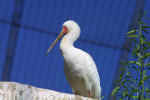 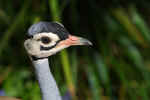 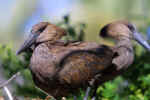 |
| The bird images were from the African aviary at the entrance to the Park. Most of them were very weird (that's the Bald Ibis on the far right). | 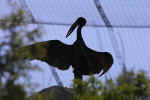  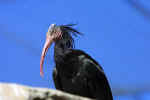 |
| Not terrific pictures (given the time of day and weather conditions, it was trying) but you get some idea of how the park is setup. There are about 250 different species of birds, mammals and reptiles at the park. | 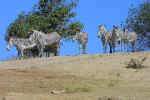 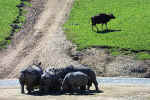  |
| The antelope with the curved horns are South African Sable Antelope. | 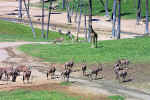 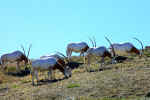 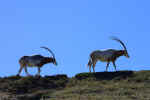 |
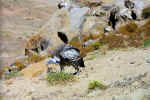   |
|
| My wife (and some stranger) feeding the birds. The birds on the far right are African Jacanas. |  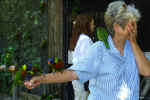 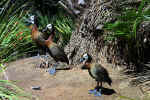 |
| I love pelicans. This was a real opportunity to get some close-ups of these large and interesting birds. |  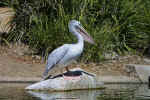 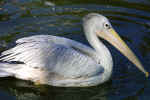 |
 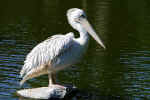 |
|
| These are the Indian or Greater One-Horned Rhinoceros. The baby is less than a year, and although it was bright sun it was worth a few shots of mother and child. | 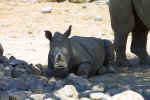 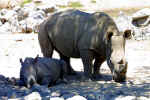 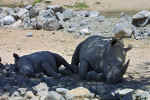 |
| Due to the heat that day (which made lousy conditions for photographing the animals) the rhinos took to the water and stayed there. | 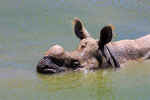  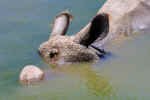 |
| The rhino on the right is a Northern White Rhinoceros, and very different looking. |  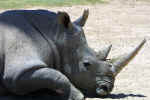 |
| Left to right we have Jimela Topi, Waterbuck, and Blue Bull | 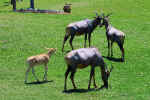 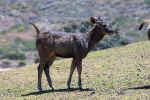 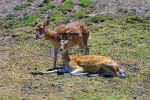 |
| Here we have the Indian Sarus Crane, Fallow deer, and a baby Armenian Mouflon. | 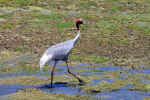 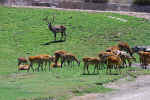 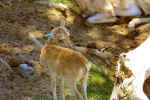 |
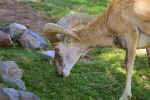   |
|
| Some Impala and a Cape Buffalo | 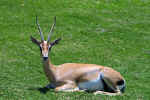 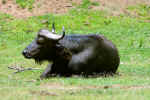 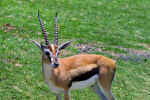 |
 |
|
| One of the cooler events of the day: this
was the only time our guide had ever seen a birth of an Eastern
White-Bearded Gnu (or Wildebeest).
This occurred way up on the hill so I had to use my 2x on the 70-200 just to get this close. Other than the guy who had a 100-400 no one else even bothered to take a picture. And he didn't have my multiplication factor! |
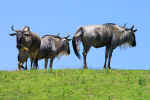 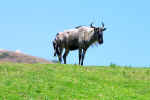 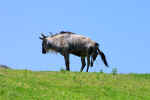 |
| While we were waiting for the Wildebeest to be born (took about an hour) this Eastern White Pelican flew overhead, and I was lucky enough to snap off a few shots (who says the 70-200 with a 2x doesn't focus fast enough?) | 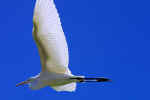 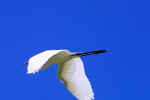 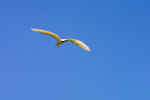 |
| We took the photog tour (highly recommended) to get most of the above shots. The highlight of the tour was hand feeding the giraffe (my wife is far right). | 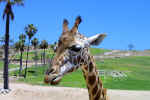 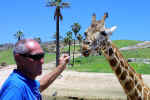 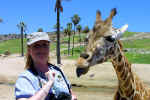 |
| He certainly had some goofy looking expressions. |  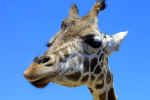  |
| Yep, you guessed it. This male giraffe is trying to... get friendly with the female. He was too young to have much luck (now he knows how Hoffman felt with Mrs. Robinson). |  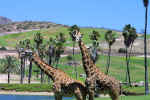 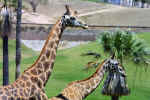 |
| You rarely see any wild animal lay down. The guide says only baby giraffes would do this, and only when watched by the adults. | 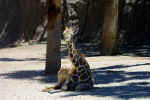 |
| Insects and butterflies, taken with 100mm 2.8 macro (and ringlight). | 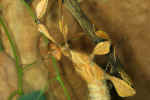 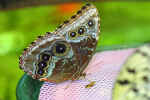 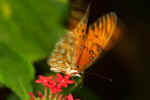 |
| The typical bird show, although I really liked the vulture. Once again, we were very far away so I had to use every bit of lens I had. | 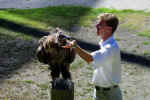 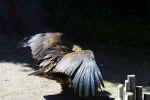 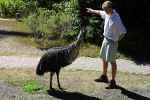 |
| This is the Shoebill Stork, one of the weirdest looking birds I've ever seen. He looks like he ought to be extinct. | 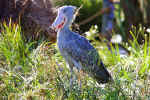  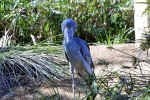 |
| This owl was actually trying to scare away a tortoise that was getting to close to her nest. She was a riot and even though the cage had thick webbing I had to grab a shot. |  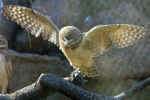  |
| This is the largest flying bird, the California Condor. It's truly magnificent, and the Animal Park has a terrific exhibit. |  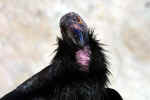 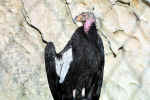 |
| We waited for almost an hour while this guy sat and cleaned himself. Then, like a showman, he teased us with each wing before finally opening his full wingspan out (over six feet and more than I could get with my telephoto). I was the only photographer that day who had the patience to wait. | 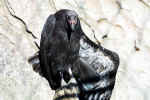 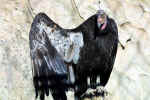 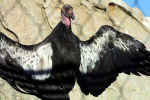 |
| Lessons Learned: | There's no better place to get pictures than the zoo or the
animal park. Of the two, I preferred the park, but the weather
conditions (brutal sun in the summer) made good photos very difficult.
If I had to do it again, I'd go in the winter or (time permitting) wait for a cloudy day. Those people who live close have a big advantage. As with the zoo, long lenses were the order of the day. But taking the photo tour (kind of pricey but worth it, as it duplicates going on an actual safari) brings you up close and personal with the animals. I'll do it again. |
| Home | Photos | Fun | ||
| Links | News | FAQ | ||
| Contact Us | ||||